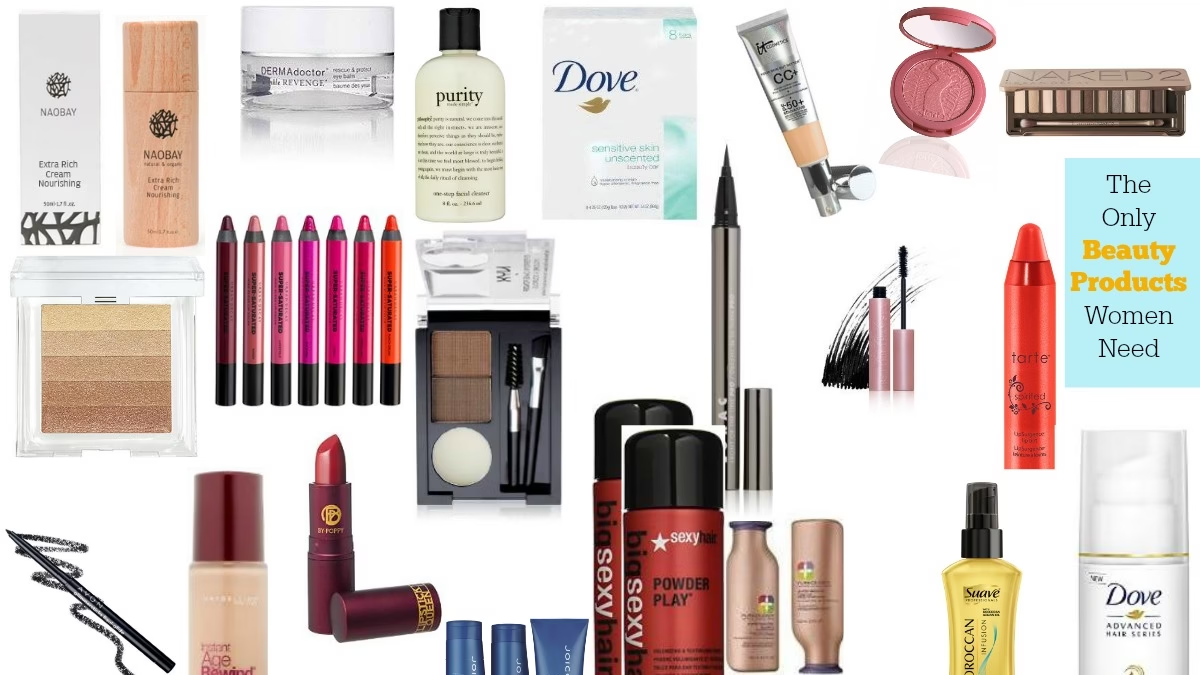
Consumerism is becoming a lifestyle for each day. Companies and brands are finding new ways to boost sales on beauty products and introduce new products targeting the female market. Through observation, you can see the amount of pressure put on women to look in a certain way or categorise themselves under aesthetics such as soft girl, bohemian, and the popularly known baddie aesthetic.
The emergence of influencers has greatly influenced this, with their constant recommendations and user-generated content on products such as skincare, make-up, spa treatments, and clothing brands. Some of them are paid to promote products even if they don’t use them daily.
Brands, on the other hand, do not value simplicity because it is not profitable. Therefore, they push the narrative of complexity where one has to have several products like moisturizers, a range of serums like retinol, niacinamide, hyaluronic acids, and SPF, again to have glowing skin. Not to mention other products like face scrubs, face masks, and under-eye creams.
Most women use makeup and skincare daily. They get their nails and hair done at salons and nail parlours. Some buy wigs, whether synthetic or human, that are nonetheless a decent amount of money. They get scented candles and perfumes. They also buy new outfits for dinners, events, and simple dates with friends. Some do microblading on their eyebrows, which ranges between Ksh. 5000 to Ksh 45000 in Kenya, not to mention artificial ashes.
There has been a recent trend of dermaplaning, which is shaving facial hair in women to improve skin texture and appearance by removing dead skin cells and facial hair. This also requires it on a separate blade for hygiene and safety purposes. Apart from that, they also do waxing to remove body hair.
With existing evidence and demonstration of women’s heavy expenditure, it does lead one to question, what if women stopped buying? What if they opted out and decided they do not need all these products, and they are okay as they are? That would be catastrophic because imagine the amount of companies and brands that would collapse since they are entirely built on marketing women’s insecurities and need to be perceived as beautiful, or feminism and women’s empowerment.
Many brands like Maybelline, L’Oréal, Dove, and Huda Beauty target female audiences to make them feel beautiful, seen, or empowered. But if women stopped buying, it wouldn’t only affect this field but others like the media. Media houses rely on revenue made from airing advertisements, which include beauty or female-centred ads, for example, Nivea Products, Nice & Lovely products, clothing lines, skincare brands like Garnier, designer perfumes, and hair. This would impact them.
The lipstick effect is a well-known theory that shows how beauty spending is deeply ingrained even in hard times. It discusses how women still buy small luxuries such as lipsticks to feel good even during an economic crisis. It does feel like women are playing a huge role in keeping the economy going based on their expenditure levels.
It is important for women to feel beautiful and good about themselves and their looks, but one can’t help but wonder, what if women stopped buying?
